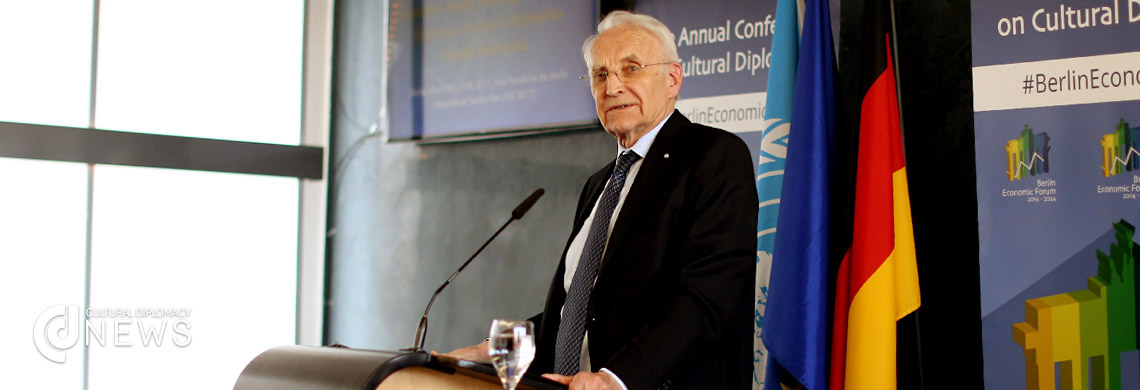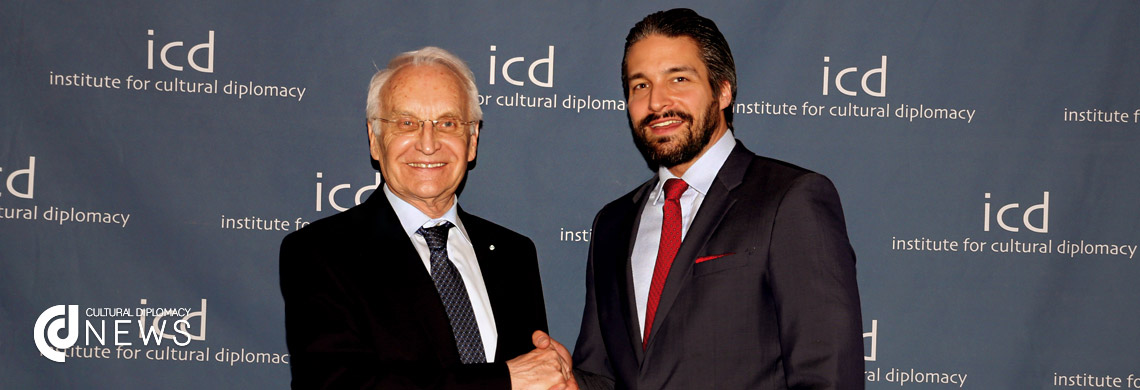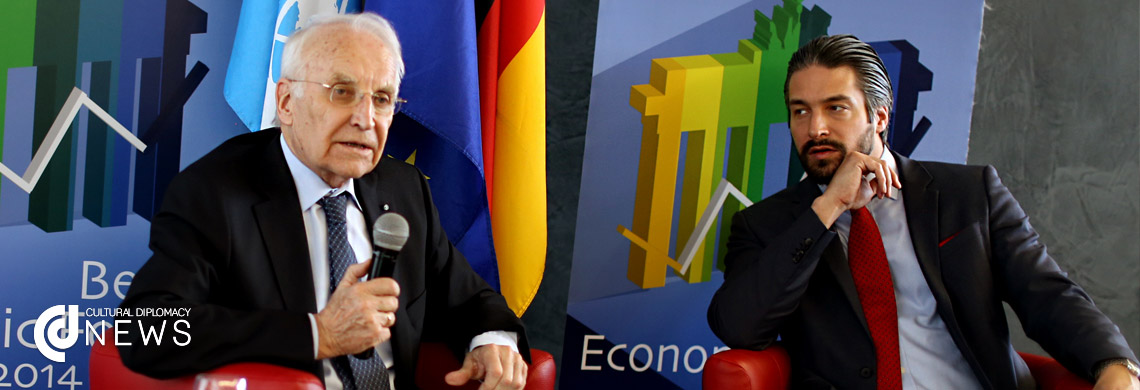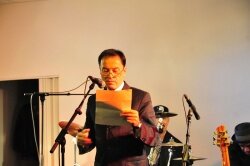Cold War Diplomacy: A Tribute to the Jazz Ambassadors
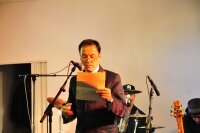
Ladies and Gentlemen, it is with great pleasure that I welcome you this evening to the ICD House of Arts and Culture, where tonight we pay tribute to the US Jazz Ambassadors. Tonight we recognise the role that jazz music played during the Cold War in bringing people together, people who, according to the polarized political ideologies of East and West, communism and capitalism, were opposed and in conflict. Tonight we acknowledge music as an international force, an international language, as a medium for diplomacy and for mutual cultural exchange. Tonight we pay tribute to the power of music, not merely as an art form, but as a catalyst, as a breaker of barriers, and as a bridge.
In March 1956, US Congressman Adam Clayton Powell Jr. sent his close friend Dizzy Gillespie and an 18 piece band to Southern Europe, the Middle East and South East Asia on the State Department’s first goodwill jazz tour. The idea behind this decision was to allow people to experience first hand an important part of indigenous American culture, in areas of the world where the US was often portrayed in a negative light. In the New York Times, in the same year that the first jazz ambassadors were sent off across the Atlantic, Jazz music was deemed as the country’s “secret sonic weapon”.
Ironically, the Jazz Ambassadors themselves were often unaware of the underlying mission of their international assignments. They were also often openly opposed to contemporary US foreign policy. Despite this, or indeed perhaps because of this, the goodwill jazz tours were deemed hugely successful. In Athens, on the last stop of Gillespie’s original goodwill mission, the same students who mere weeks before had stoned the local headquarters of the United Stated Information Service in protest against the US support of Greece’s right-wing dictatorship, welcomed the musicians with enthusiasm, even euphoria. The huge crowd that had congregated threw their jackets into the air and shouted “Dizzy, Dizzy”.
The success of this original mission in 1956 meant that, over the next two decades, some of the best-known and most respected Jazz musicians in the US were sent on similar ‘goodwill missions’. They played and promoted American culture in Africa, Southeast Asia and the Soviet Union. Among them were a number of legendary jazz musicians including Louis Armstrong, Duke Ellington and Dave Brubeck. When recounting his personal experience as a Jazz Ambassador renowned pianist Reggie Moore has often referred to the particularly positive response of Poles to jazz music. This is something he attributes to jazz being increasingly understood as synonymous to freedom. In one sense jazz music is ‘free’ as, by definition, it relies upon diversion from and improvisation around a set of core chords and rhythms. In the Eastern Bloc however jazz represented freedom on another level. Jazz music was an art from born of a culture that was discredited as shallow, decadent and damaging. This meant that by nodding their heads or tapping their feet along to the beat in smoky nightclubs, citizens of the Soviet Bloc countries were symbolically resisting the political regime by emotionally engaging with the ‘enemy’ culture. The power and significance of these ‘personal acts of rebellion’ will be examined in more detail tomorrow when we discuss the role of rock in the disintegration of the Soviet Bloc.
Jazz was also a particularly powerful medium for facilitating a sympathetic inter-cultural understanding as - originating from America’s African-descendent communities - jazz represented a side of America that was culturally diverse. At the same time African-American jazz ambassadors painted an honest picture of the United States. These musicians were highly aware of the existence of prejudice and racial inequality in the so-called ‘land of the free’. Their music engaged with these problems and this gave it particular emotional power with audiences in the soviet bloc. These audiences were given access to the ‘real America’, rather than a rose-tinted propagandist replica, and this made it easier to trust. There is no doubt that this emotional power of jazz that made it so successful as a medium for cultural exchange. Perhaps the most important aspect of the cultural exchange facilitated by the ‘goodwill jazz tours’ was that it was truly mutual. A composition by Dave Brubeck called ‘Blue Rondo a la Turk’ which fuses traditional Turkish rhythms with jazz is tantamount to this fact.
Tonight, we are fortunate enough to have in our midst some of the musicians that played in those first concerts. Musicians who played an active role in bringing together people from both sides of a world that was divided into two. Ladies and gentlemen I ask that, as we reflect on the power that music, and jazz in particular, has had in breaking down barriers and building bridges, we take this example as something we can learn from and apply today. Though we are here to celebrate the fall of Iron Curtain, the symbol of ideological polarization and stand-off, a ‘world without walls’ remains an ideal that we must continue to strive for. And so I ask you to join me in welcoming the ‘jazz ambassadors’, and recognising the power and significance of their efforts in bringing people together. Here’s to music as a crucial tool in the future of cultural diplomacy.
























